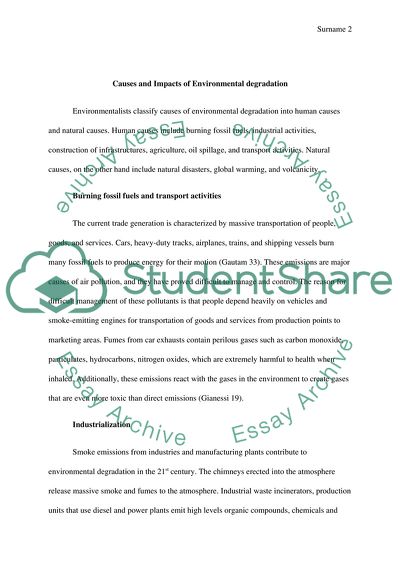Cite this document
(Causes and Impacts of Environmental Degradation Term Paper, n.d.)
Causes and Impacts of Environmental Degradation Term Paper. https://studentshare.org/environmental-studies/1818792-some-environmental-science-topic-which-is-important-to-human-society
Causes and Impacts of Environmental Degradation Term Paper. https://studentshare.org/environmental-studies/1818792-some-environmental-science-topic-which-is-important-to-human-society
(Causes and Impacts of Environmental Degradation Term Paper)
Causes and Impacts of Environmental Degradation Term Paper. https://studentshare.org/environmental-studies/1818792-some-environmental-science-topic-which-is-important-to-human-society.
Causes and Impacts of Environmental Degradation Term Paper. https://studentshare.org/environmental-studies/1818792-some-environmental-science-topic-which-is-important-to-human-society.
“Causes and Impacts of Environmental Degradation Term Paper”. https://studentshare.org/environmental-studies/1818792-some-environmental-science-topic-which-is-important-to-human-society.


